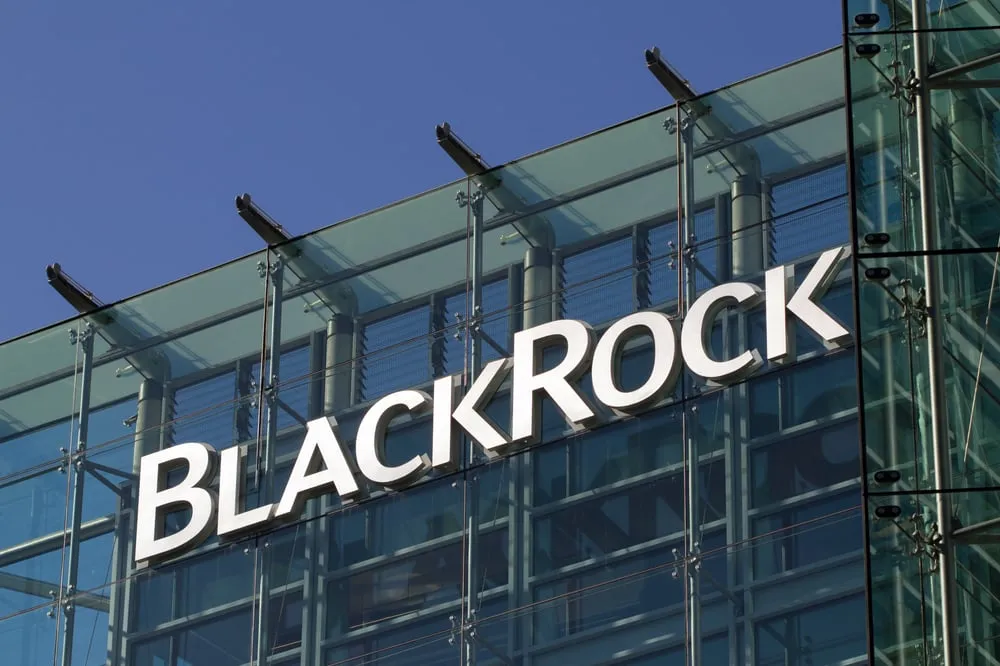Based on reports from Perceptive, the world’s first fully automated dental procedure on a human patient has been successfully completed using an AI-driven robotic system, marking a significant milestone in dental technology and potentially revolutionizing the future of oral healthcare.
Robotic Dental System Features
The innovative dental robotics system integrates AI-driven 3D imaging software with a robotic arm designed for precise dental procedures. At its core is a handheld 3D volumetric scanner using optical coherence tomography (OCT) to create detailed models of the patient’s mouth, including teeth, gums, and nerves. This advanced imaging eliminates the need for X-rays and achieves over 90% accuracy in detecting cavities. The AI algorithms analyze the 3D data to plan procedures with high precision, while the robotic arm executes tasks like crown preparations in just 15 minutes – a significant reduction from the traditional two-hour, two-visit process.
Benefits for Patients
Patients stand to gain significant advantages from this robotic dental system. Treatment times are drastically reduced, with procedures like crown placements completed in just 15 minutes instead of two hour-long visits. This efficiency not only saves time but could potentially lower dental bills. The system’s advanced imaging capabilities allow patients to clearly visualize their dental conditions, fostering better understanding of their care needs. Additionally, the robotic arm’s precision and adaptability to patient movement may enhance comfort during procedures, potentially reducing the need to keep one’s mouth stretched wide open for extended periods.
Future of Dental Robotics
While the robotic dental system shows promise, it still faces several hurdles before widespread adoption. The technology is not yet FDA-approved, and Perceptive has not provided a timeline for its rollout. Experts anticipate it may take several years before the public gains access to this type of treatment. As the technology matures, it could potentially expand dental services to underserved communities by increasing efficiency and reducing costs. However, concerns remain about maintaining the human element of care and empathy in dentistry as automation increases. The future may see a balance between robotic precision and human oversight, with dentists focusing more on personalized patient care while robots handle routine procedures.
Perceptive’s Role in Innovation
Founded by Dr. Chris Ciriello, Perceptive emerged from a desire to address the shortage of dentists in rural areas. The company has raised $30 million in funding from investors including PDS Health, Dr. Ed Zuckerberg, and Y Combinator. Partnering with the Harvard School of Dental Medicine and the American Dental Association’s Forsyth Institute, Perceptive aims to revolutionize dental care through AI and robotics. Their innovative approach has garnered attention from industry leaders, with Stephen E. Thorne IV, CEO of PDS Health, expressing excitement about operationalizing Perceptive’s vision of completing dental restorations in minutes.
Source: Perplexity






